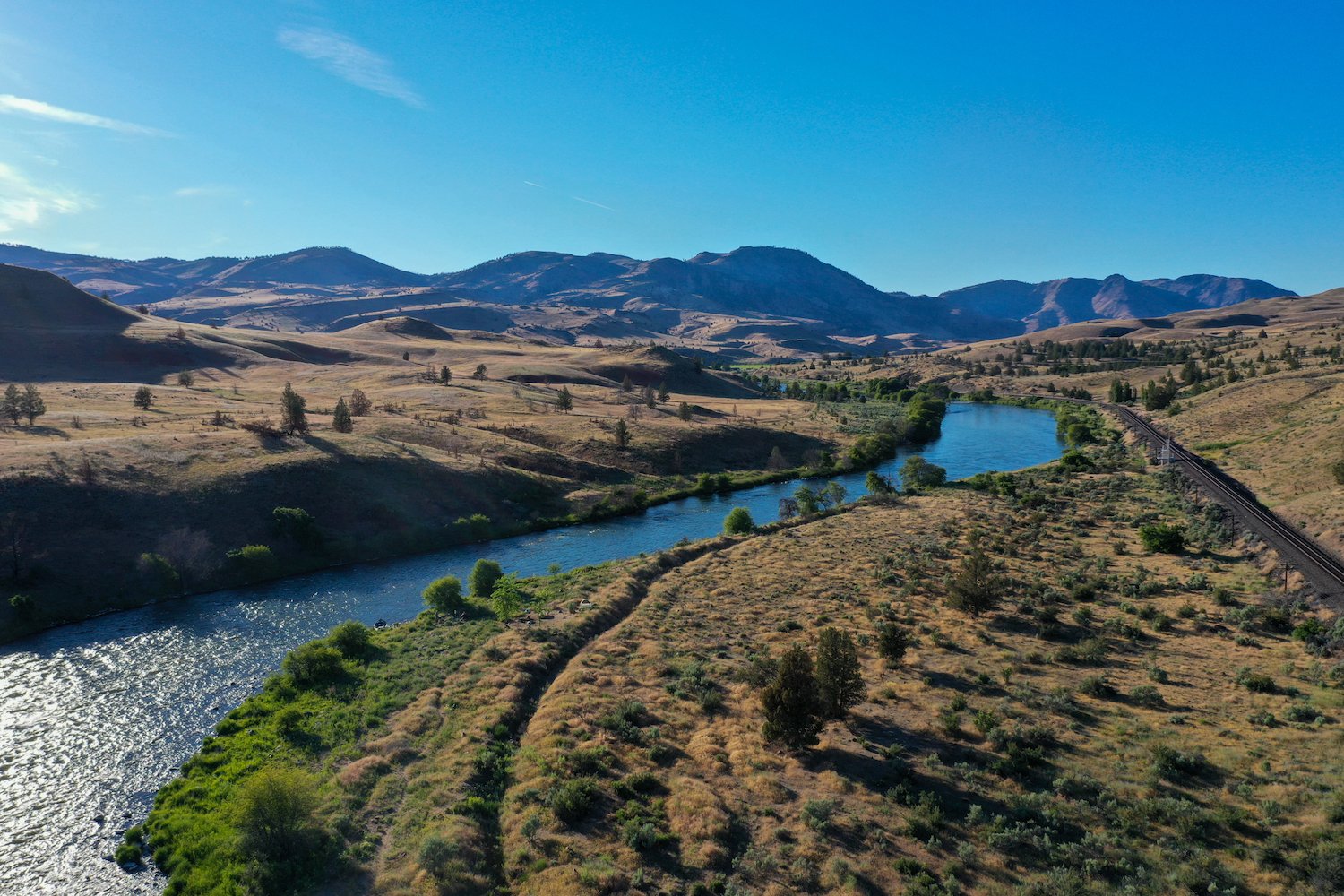
Our Science
Prioritizing Water Quality for a Sustainable Future
The DRA is committed to restoring colder, cleaner water in the lower Deschutes River, and reversing degraded water quality and its impacts on redband trout, salmon and steelhead. Our scientists monitor key factors impacting the river’s health by collecting hourly water quality data near Warm Springs and Maupin, Oregon.
Water Quality Monitoring
Water discharge from the three dam complex violates state water quality standards for pH, oxygen, and temperature. These standards, which are written into state law, are implemented to protect the lower Deschutes River’s aquatic life. Enforcing these standards is the responsibility of the Oregon Department of Environmental Quality, a responsibility they are failing to live up to. Explore water quality issues and recommended alternatives in our 2022 lower Deschutes River Water Quality Report. The DRA is transparent with our reporting and data, which are available by request here.
Nutrients & Nuisance Algae
Harmful nutrient loads in the lower Deschutes River are the direct consequence of warm, polluted water discharged from Lake Billy Chinook, causing nuisance algae to thrive in the lower Deschutes. The DRA regularly monitors water quality and its impacts on algae and macroinvertebrates using science-based approaches to track changes in the river. Data reveals changes in aquatic insect abundance and diversity and hatch timing, and increases in fish parasites that effect trout and spring Chinook salmon.
Aquatic Insect Populations
The DRA’s scientific research indicates unhealthy shifts in aquatic insect populations and insect hatch timing since the Selective Water Withdrawal Tower operations began in early 2010. These changes are affecting the overall health of the lower Deschutes River ecosystem, as evidenced by a loss of birds, bats, and other insectivorous species along the entire 100 miles of the lower Deschutes River. Learn about the changes in insect populations in DRA’s macroinvertebrate reports.
Monitoring & Evaluation
Water quality monitoring and evaluation are essential priorities at the DRA. Deschutes River Alliance scientists work closely with DRA staff, volunteers and partners to address the why and how of water quality restoration.
Join us in making a difference. Support the DRA in our mission to restore cooler, cleaner water on the lower Deschutes River.
How to Support the DRA
Everyone wants clean, healthy water in the Deschutes River. Oregonians cherish our clean and healthy waterways to provide drinking water, wildlife habitat and recreational activities. The lower Deschutes River is a federally designated Wild & Scenic River, and a national treasure. It must be protected for the environmental and economic health of Central Oregon. We believe by working together we can return the lower Deschutes River to full health. The Deschutes River Alliance is a nonprofit, 501(c)(3).






